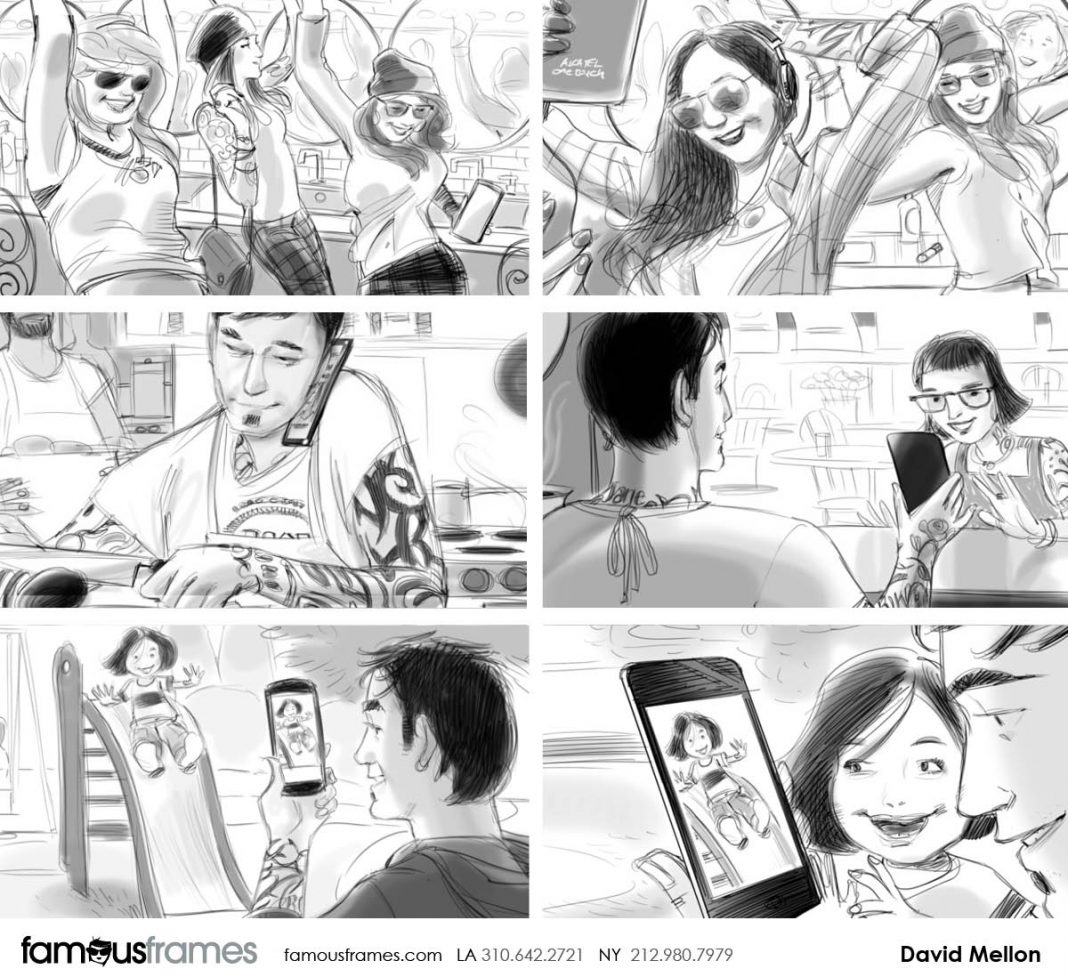Certain aspects of being a professional illustrator or storyboard artist are more challenging than others. One of the biggest challenges artists-for-hire face is their pricing structure. The age-old dilemma of not wanting to price ourselves so high the client walk away, but also not wanting to sell yourself short either. If you ask your peers what they charge, most likely you will be even more confused than you were before you started.
Know What You Are Worth as an Artist
First, if you haven’t visited animationguild.org before, I would spend a few minutes pursing their website, there is a lot of useful information to help you run your artist business. But for this article, I want to focus on their survey. They publish a survey every couple of years about artists that are working in animations to establish the benchmark rates for the industry. This is intended to be used as a reference and as another tool in your arsenal. Use the information to help negotiate, maybe formulate pricing range to safeguard yourself from scope creep. Keep in mind depending on the demand, competition, your experience, and production budgets are all going to determine what your current rate should be. You can adjust what you charge based on what the project is as well, but this will at least give you a starting point as to what your day rate should be and what you should be changing your clients.
What is the Going Rate for a Storyboard Artist?
The average day rate for a freelance artist in the US or UK is in 2019 was between $300 – $700 per day or approximately $50 per hour. The higher rates are generally reserved for more experienced illustrators or the more famous storyboard artists who specialize in specific niches such as 2D and broadcast animations. Most artists prefer to work using the daily rate structure vs the hourly rate structure because it is suitable for a broader range of projects.
Another option is to charge a ‘project rate’ where you determine a base rate for every project. Like, $x,xxx for a half-hour episode storyboard, or $xx per section of animation, for example.
Keep in mind when using a recruiter or agency, they will keep a portion as commission. In-house rates depend on the studio and the project but often pay well. Also, in-house projects typically turn out better due to the fact the studio is more involved and has more control over the process.
Pad your Estimates by Including a Buffer
Since most people underestimate projects, it is always a good idea to bake a 25% buffer into your proposal. In other words, add an extra 25% to your estimates to cover yourself from unforeseen issues. This might seem unethical to people who have never worked as a freelancer or in an agency environment, but there are always things that seem to come up. Whether it’s the client causing more work or you are just having an off day, many things can affect your delivery dates. Especially in 2020 as more people work from home, there are even more things that can pop up to slow down progress.
In conclusion, its best to have a system in place before getting into the negotiation process and never just ‘wing-it’ based on your initial meeting with the client. Whether you pad your proposals, double what you think you should charge or formulate a fee calculator based on your past experiences, make sure you have a plan in place.














